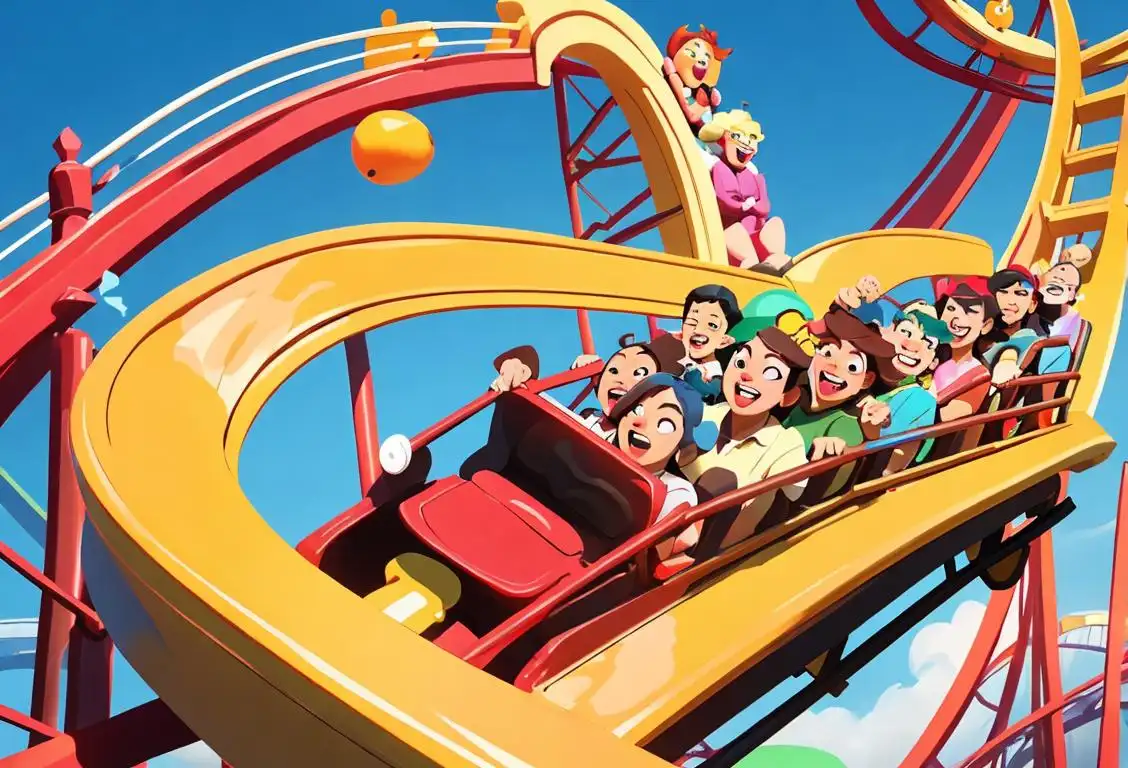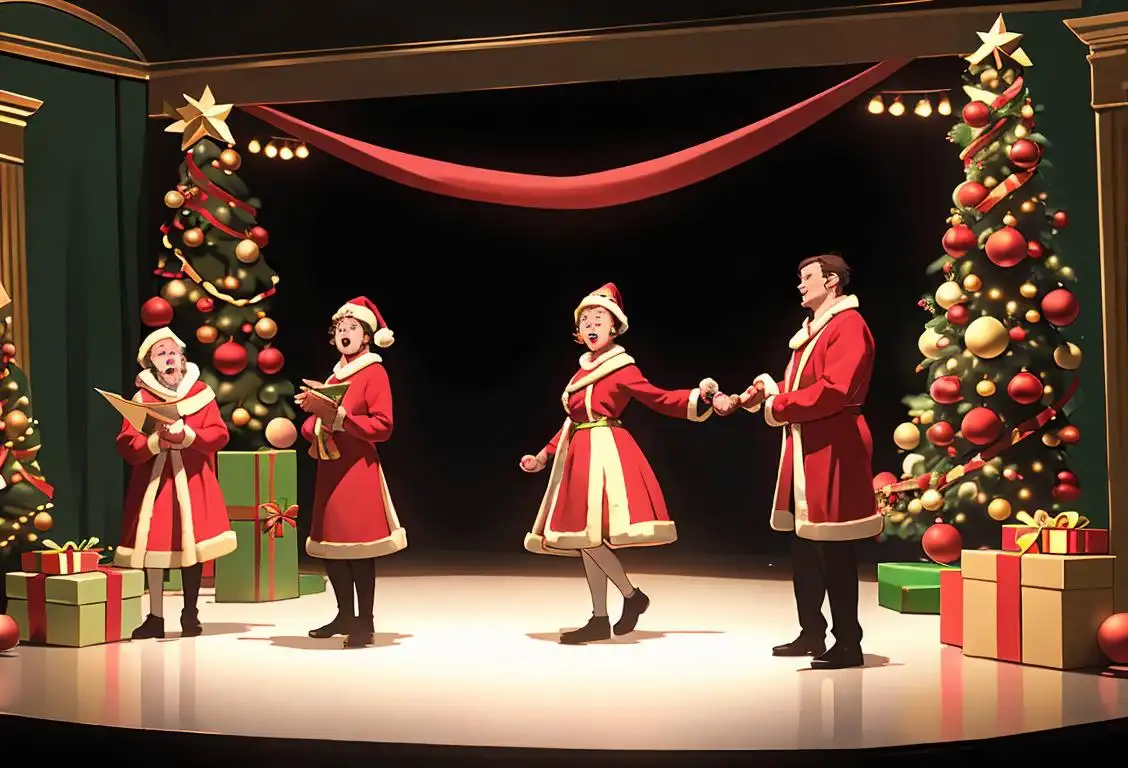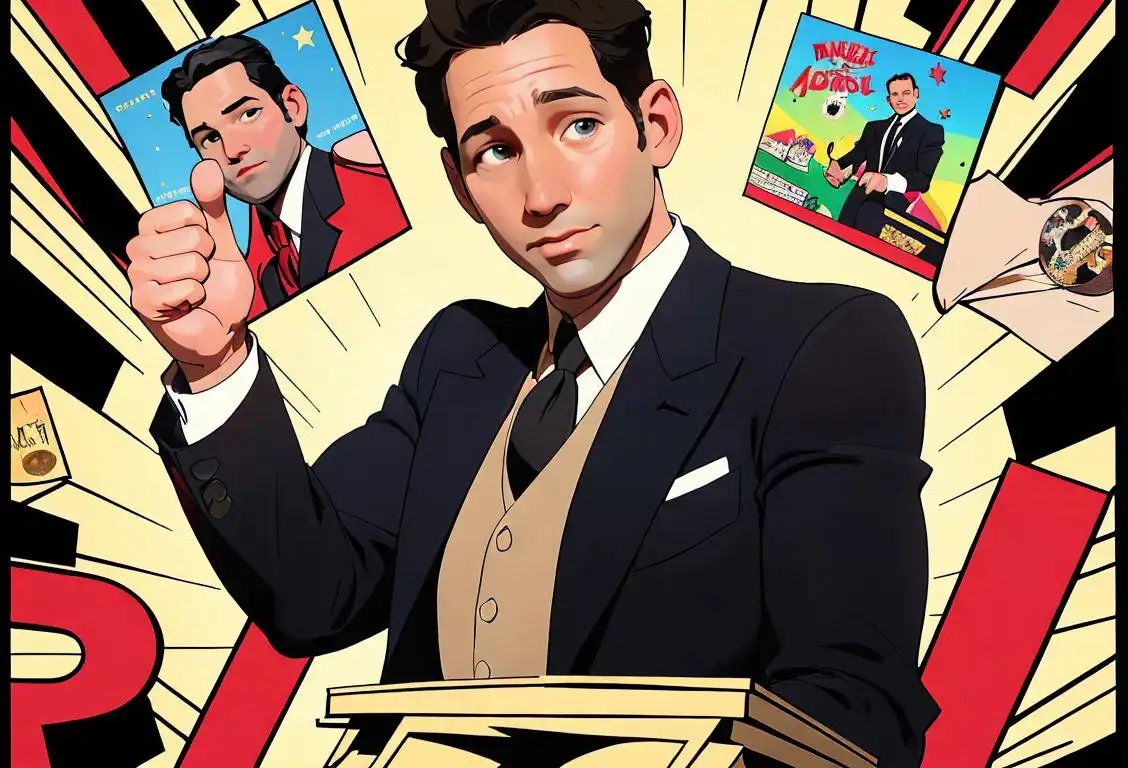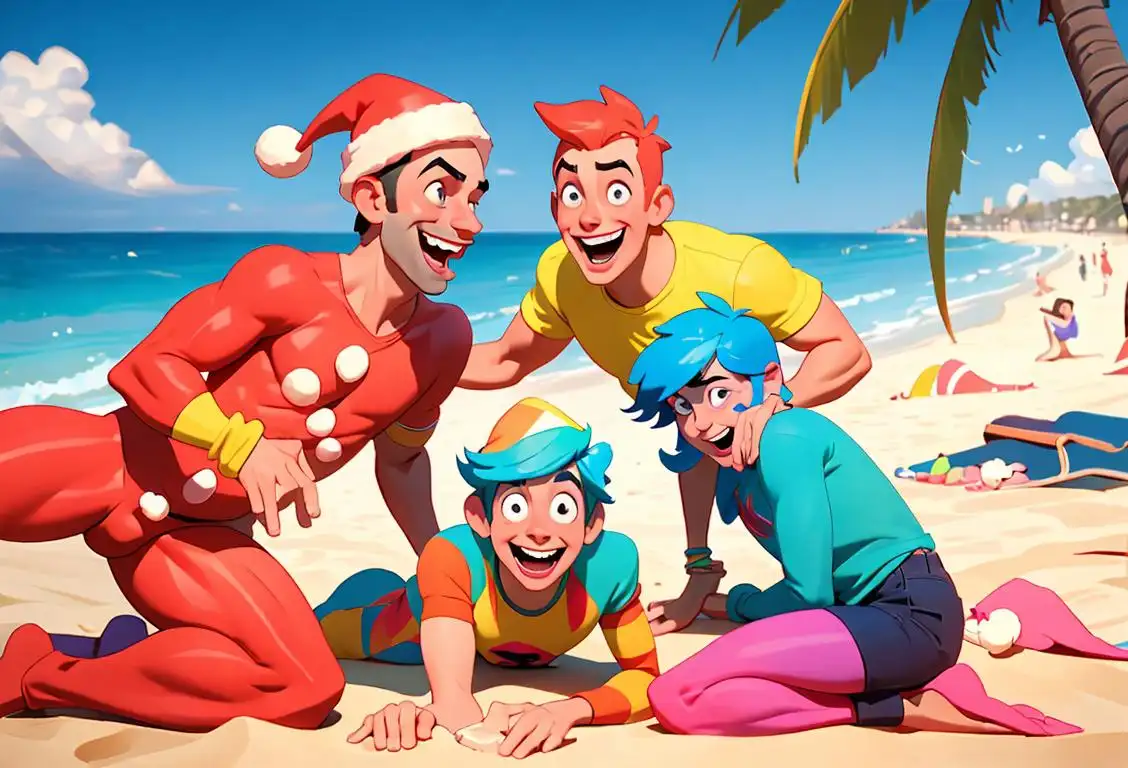National Coaster Day

Ladies and gentlemen, get ready to buckle up because National Coaster Day is here! This thrilling holiday celebrates all things roller coasters, from the heart-stopping drops to the hair-raising twists and turns. So, grab your loved ones, hold on tight, and let's dive into the history and excitement of National Coaster Day!
When is Coaster Day?
It's national coaster day on the 14th August.
The Birth of Roller Coasters
Roller coasters have been captivating us for centuries with their adrenaline-pumping thrills. The earliest recognized roller coaster-like attraction dates back to the 17th century in Russia, where the locals created ice slides for riders to zoom down on sleds. It wasn't until the 19th century that the roller coaster as we know it today started gaining popularity. In 1817, the French constructed the first wheeled ride on rails, called the "Les Montagnes Russes" or "Russian Mountains." This literary-powered coaster set the stage for a revolution in thrill-seeking.
The Rise of Amusement Parks
With the growing fascination for roller coasters, amusement parks dedicated to thrill rides began to sprout up all over the world. In the late 1800s, the United States witnessed the birth of Coney Island in New York, which became home to some of the most iconic coasters of its time. One such coaster, the iconic and now-defunct Cyclone, opened its rickety wooden track to thrill-seekers on June 26, 1927.
Modern Coasters and World Records
As technology advanced and engineering reached new heights, roller coasters became taller, faster, and more exhilarating. The record for the world's tallest coaster is currently held by Kingda Ka at Six Flags Great Adventure in New Jersey, towering an awe-inspiring 456 feet into the air. Speed demons can quench their thirst for velocity on Formula Rossa in Abu Dhabi, which holds the title of the world's fastest coaster, reaching an astonishing top speed of 149.1 miles per hour.
History behind the term 'Coaster'
1885
The Birth of the Coaster
In the year 1885, the term 'coaster' began to take shape. Originally, it referred to a small round tray or dish on which a cup or glass could be placed to prevent moisture from marring the table surface. Coasters were typically made of porous materials like felt or cork, and their purpose was to absorb any liquid that might have dripped from the cup.
1767
Early origins
The term 'coaster' first appeared in 1767 and originally referred to vessels used for carrying cargo along the coastlines. These vessels were typically flat-bottomed and shallow, allowing them to navigate shallow waters and transport goods between ports efficiently.
1890
Coasters Take Shape
By the 1890s, the term 'coaster' had expanded beyond just the small tray or dish. It began to refer to a specifically designed object that could be placed underneath a glass or cup to protect the surface on which it was placed. These early coasters were often made of wood or metal and featured elaborate designs, making them both practical and visually appealing.
19th century
Rise of recreational coasters
During the 19th century, the term 'coaster' became associated with a different meaning. As steam-powered boats gained popularity, recreational excursions along the coasts became popular. These pleasure trips often involved using small steamboats or sailing vessels called 'coasters' to visit scenic coastal areas, offering people an opportunity to relax and enjoy the coastal views.
1885
Introduction of drink coasters
In 1885, the term 'coaster' took on yet another meaning. H.B. Hirschberg patented the drink coaster, a small disc-shaped object made from various materials like cork, stoneware, or cardboard, placed under glasses to prevent rings and moisture damage on tabletops. These coasters gained widespread popularity, especially in bars, restaurants, and homes, leading to the term becoming commonly associated with these protective objects.
1903
Paperboard Coasters
In 1903, the first paperboard coasters were introduced. These coasters were made from a thick, absorbent paper material and were cheap to produce. They quickly became popular in bars, taverns, and restaurants, as they served the purpose of protecting tables while also providing a convenient advertising space. This marked a significant shift in the use and availability of coasters.
20th century
Expanding to roller coasters
In the 20th century, a new type of 'coaster' emerged—the roller coaster. Roller coasters originated from Russian ice slides, but the concept was refined and adapted into amusement park attractions in the late 19th and early 20th centuries. As roller coasters gained popularity, the term 'coaster' became synonymous with these thrilling rides, adding yet another layer to its cultural impact.
1920s
Rise of Coaster Collecting
During the 1920s, a trend of collecting different types of coasters emerged. People started to appreciate coasters not only for their functionality but also for their unique designs and advertising messages. Coasters became souvenirs from different places, and collectors would exchange or display their collections. This cultural fascination helped solidify the term 'coaster' in popular usage.
Present day
Versatile term
Today, the term 'coaster' encompasses multiple meanings depending on the context. It can refer to vessels used for cargo transport, recreational boats, drink coasters, or roller coasters. With each evolution, the term 'coaster' has added to its rich history, becoming embedded in various aspects of our culture and daily lives.
1950s
Cork Coasters Make a Comeback
After a decline in popularity, cork coasters made a comeback in the 1950s. Cork proved to be an excellent material for coasters due to its natural heat and moisture resistance. The use of cork coasters not only protected table surfaces but also added a touch of elegance to any setting. This revival reinforced the term 'coaster' as a standard item found in households and establishments.
1970s
Coasters Go High-Tech
With advances in technology, coasters began to incorporate new features in the 1970s. Some coasters included built-in thermometers or mini calendars, adding extra functionality beyond their traditional purpose. These innovative additions kept the term 'coaster' relevant and adaptable to changing times.
Present
Coasters in the Digital Age
In the present day, 'coaster' not only refers to a physical object but has also expanded into the digital realm. Virtual coasters are used in video games and simulated experiences. Additionally, the term can be found in popular culture, such as coaster-themed amusement park rides or roller coasters. The term 'coaster' has successfully transitioned from its humble origins as a small tray to a diverse and dynamic concept.
Did you know?
Did you know that the world's oldest operating roller coaster is Leap-The-Dips in Lakemont Park, Pennsylvania? This historic wooden coaster opened in 1902 and continues to delight riders with its timeless charm.Tagged
fun loved ones entertainment adrenalineFirst identified
9th August 2015Most mentioned on
14th August 2015Total mentions
177Other days
Coaster Day
Head Ass Day
Theatre On Christmas Day
Tv Every Single Day
Television And Spontaneously Combust Day
Paul Rudd Day
Best Dick Day
Agenda By Watching Tv All Day
Television Day
Awards Day






